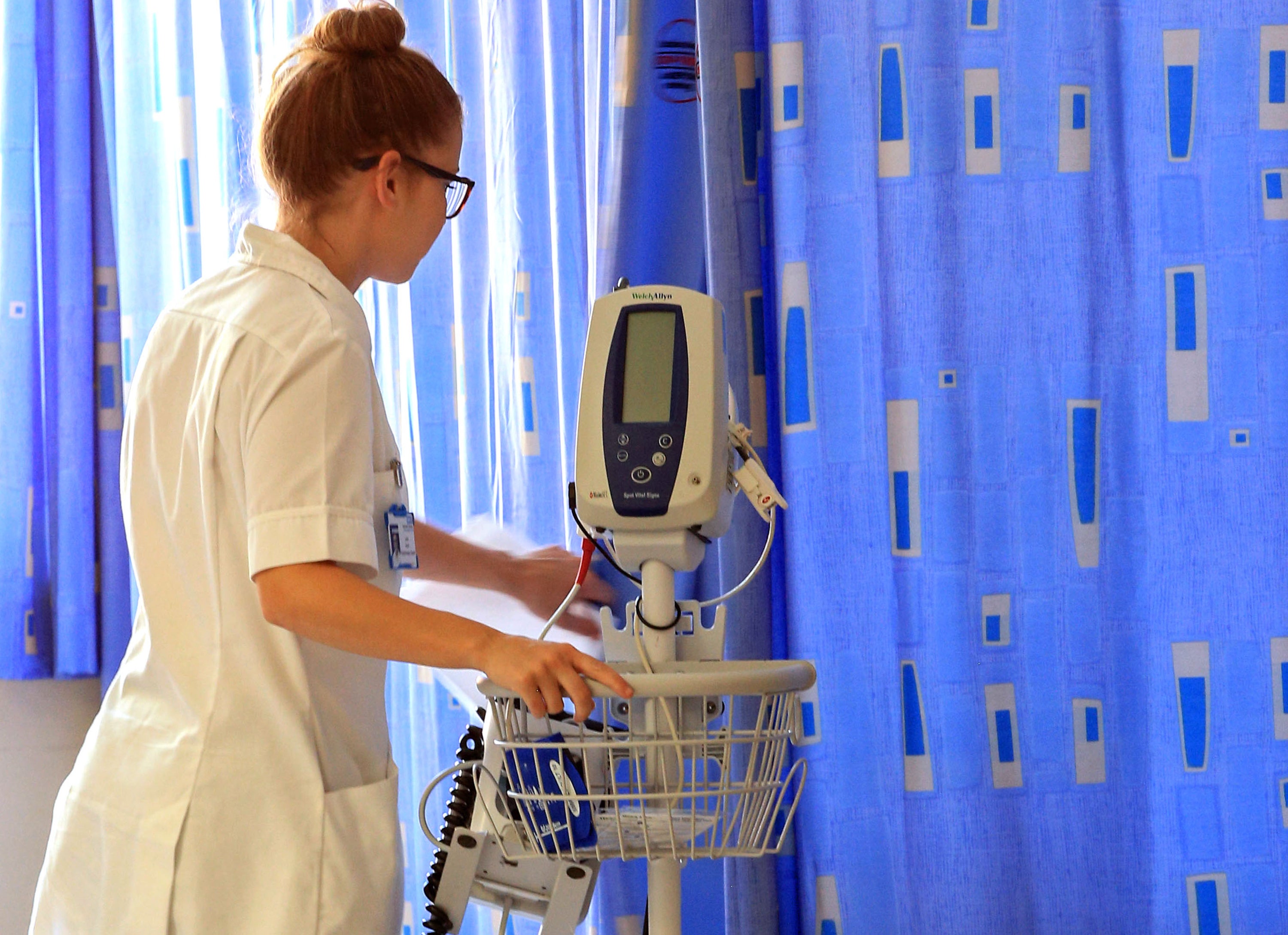WHO raises concerns over health workforce challenges across Europe
WHO Europe said there was a ‘ticking time bomb’ due to workforce issues across the region.

Your support helps us to tell the story
From reproductive rights to climate change to Big Tech, The Independent is on the ground when the story is developing. Whether it's investigating the financials of Elon Musk's pro-Trump PAC or producing our latest documentary, 'The A Word', which shines a light on the American women fighting for reproductive rights, we know how important it is to parse out the facts from the messaging.
At such a critical moment in US history, we need reporters on the ground. Your donation allows us to keep sending journalists to speak to both sides of the story.
The Independent is trusted by Americans across the entire political spectrum. And unlike many other quality news outlets, we choose not to lock Americans out of our reporting and analysis with paywalls. We believe quality journalism should be available to everyone, paid for by those who can afford it.
Your support makes all the difference.There is a “workforce crisis” across European health systems, experts have warned.
The European branch of the World Health Organisation (WHO) said that tackling workforce issues was “absolutely critical” and problems within the sector are a “ticking time bomb”.
It comes as the WHO launched a report examining workforce issues across its European region – which includes European and some central Asian countries – which found health worker availability varies five-fold between countries.
The report details European averages, and each country is able to examine its own position compared with other countries.
Findings from the UK include:
– Across Europe there are, on average, 37 doctors for every 10,000 people, but in the UK this figure is just 30.4, placing the UK in between Ukraine and Moldova for the number of doctors in each country.
– The UK had fewer dentists than the European average – across Europe there are an average of seven dentists for every 10,000 people while in the UK there are 5.4.
– There are also fewer physiotherapists compared with the European average – there are an average of eight physios for every 10,000 people in Europe but in the UK this figure stands at just under five.
– The figure is slightly higher than the European average for nurses, where the average is 80 per every 10,000 people. In the UK this figure stands at 84.7.
– The report raises concerns about the number of healthcare workers who are nearing retirement age – in the UK one in five nurses (20.8%) were aged 55 to 64 in 2019 and some 16.9% of midwives in 2019 were in this age bracket, while 12.2% of doctors were aged 55-64.
Tackling the health and care workforce crisis is absolutely critical
– Meanwhile Britain is churning out fewer medical and nursing graduates than the average for other European countries, the report suggests.
“Tackling the health and care workforce crisis is absolutely critical,” said Dr Hans Kluge, the WHO’s regional director for Europe.
He told the WHO’s Regional Committee for Europe in Tel Aviv, Israel, that workforce gaps were a “ticking time bomb”.
“Our health and care workforce were already challenged before Covid-19: personnel shortages; insufficient recruitment and retention; migration of qualified workers; unattractive working conditions; a lack of professional development opportunities.
“The pandemic only made things worse.
“If not addressed urgently, this could spell disaster. We absolutely need an optimal health and care workforce in place, on all fronts.”
Urgent investment in nursing must include fair pay and measures to boost the domestic workforce, such as funding tuition fees
Commenting on the report, Pat Cullen, general secretary and chief executive of the Royal College of Nursing, said: “This report highlights the crisis the country faces with too many nurses poised to retire and too few coming into the system.
“It finds a fifth of the UK’s nursing workforce is reaching retirement age and that the UK is churning out too few nursing graduates – less than the average for other European countries and less than half as many as Romania, Albania and Finland.
“Ministers across the UK must take note – urgent investment in nursing must include fair pay and measures to boost the domestic workforce, such as funding tuition fees.
“This report calls for nursing staff and other healthcare workers to be put at the centre of the economic and social recovery after the pandemic – fair pay is a simple way to recruit and retain nursing staff and keep patients safe.”